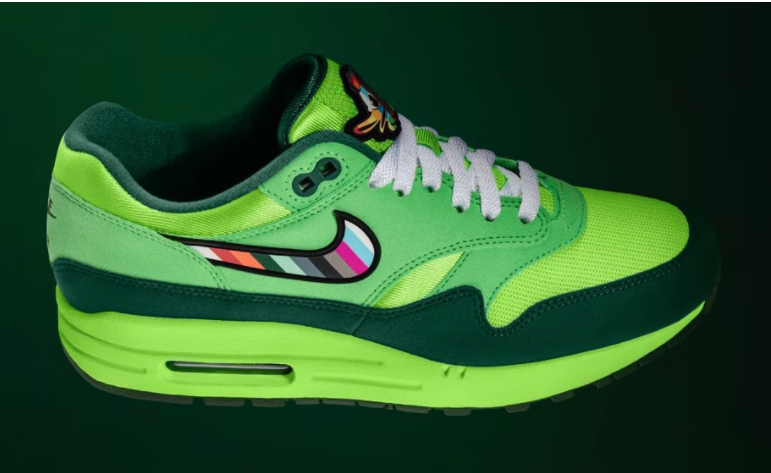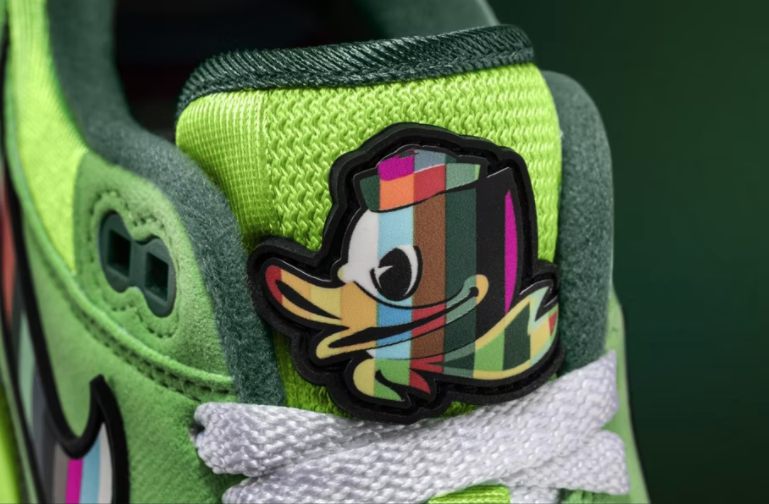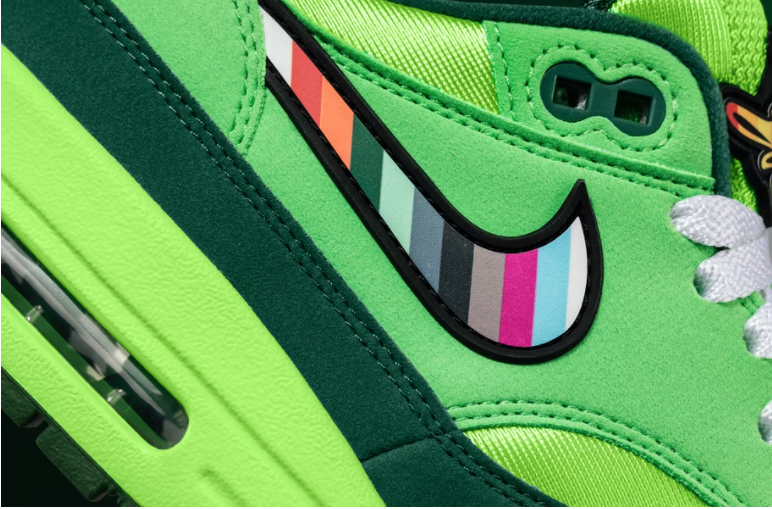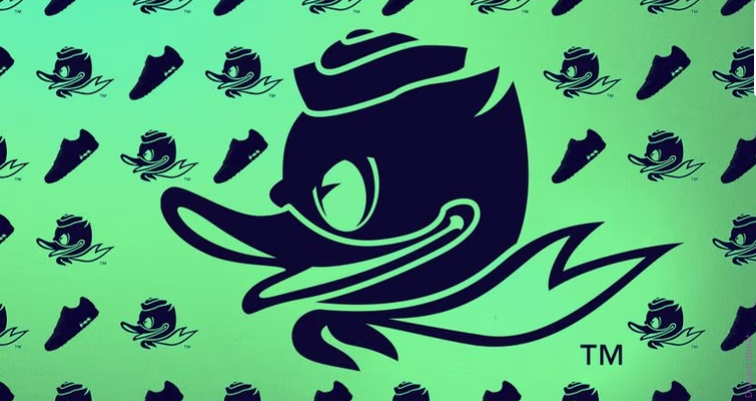Do we stay happy, hopeful, and cheery because everyone’s sick of sad news???
Do we lean into the hardship and reflect on our disappointments and pain in a heartfelt way?
These questions have been all-consuming for marketers and business owners alike in recent years…
Consumers are exposed to more media and advertisements than ever before. They can see through:
Disingenuous and pushy sales pitches
Virtue signaling by brands hopping on the “insert social cause here” bandwagon on social media that they aren’t actually doing anything about
Old narratives that trick people into thinking something will “make them better,” “give them something,” etc.
Trying to capture attention and gain trust from today’s consumers is hard work. We’re faced with marketing tactics unimaginable even 10 years ago… 15 second ads on a scrolling platform? Micro-influencers with a hyper-niche audience?
Deciphering the best plan of action for your businesses’ marketing strategy is no small feat, but this month, we highlighted 4 brands that are getting it right.
As it always has, what matters most is connection, humanization, and the answer to your audience’s problems.
1. Apple
With all the great (and less expensive) options on today’s market, why does Apple still win with mainstream audiences.
From ipod shuffles to iphones to a network of original television shows, it’s easy to say they’ve shaped the modern era of technology and entertainment.
Apple has always been a master of crafting a wonderful customer experience. Long before they were the industry norm, Apple prioritized:
Beautiful graphics
Artful fonts
Easy user experience for the average person
Solving problems for their target audience, like getting a web browser to look good on a small screen (like a phone) or taking music on the go with a quarter-sized brightly colored device.
Whether you love or hate Apple products — and the brand at large — no one can deny they’ve grown a dedicated, fiercely loyal audience through connecting with their audience.
Putting their customer first.
One example of how they’re bringing this value to their marketing strategy is their YouTube Channel. They’ve answered the “what angle should we take'' questions haunting all marketers and business owners through relatable and humorous storytelling.
Of course, their channel has all the usual suspects: Apple Music playlists, traditional-looking product commercials, and celebrities telling you the newest “it” gadget you have to have.
But they’ve also started a series following a group of coworkers through the woes we’ve all been through: WFH, a micromanaging boss, dreaming about starting your own business and telling said boss good-bye forever.
These hilarious 5 to 6 minutes stories capture audiences’ attention through a medium we’re all familiar with (videos) and creatively show how their products solve the character’s problems (hello, group Facetiming and mirror screen abilities!). The end credits detail each product featured in the video and a brief description of how they'll help you work.
Apple truly hit it out of the park with this campaign. Embodying the now almost cliche phrase “show them don’t tell them”.
Check out this hilarious story, Escape from the Office.
2. AirBnb
As one of the hardest hit travel platforms of 2020 (with a reduction of 85% in new bookings), AirBnb had to figure out how to reemerge in a new world.
Their philosophy has always centered on human connection and authentic experiences when traveling. Rather than staying in a cookie-cutter hotel where you’re just another number, you can meet a local that can give you the best recommendations and have accommodations that are more “homey.” It doesn’t hurt that you may be able to save a little money too!
For their big reemergence, Airbnb has leaned into these values, releasing their first global ad campaign in five years: Made Possible By Hosts.
The collection highlights their:
Unique experiences
Special connections with local hosts
Community of hosts and guests
Pictures flash across the screen capturing the little moments that make a getaway special, like watching your partner dry her hair in the bathroom before a night out, or lounging on the deck with your spouse, or swimming in a local spot. Familiar music, like Bonnie & Clyde by Jay-Z and Beyonce play in the background.
You feel like you could be at a friend’s wine night and forced to watch the “cute little video” she made from her recent trip to Italy.
The ad highlights the unique nature of the experiences provided by Airbnb by displaying the listing and hosts’ name and makes you feel like part of their community by seeming like it could be your parent’s latest “vacay powerpoint”.
This brilliant campaign works to expand their community and attract new hosts by humanizing the brand, tapping into people’s desire to get out of the house and connect with others, and show how easy and enjoyable traveling can be.
3. REI
REI (or Recreational Equipment, Inc.) is an outdoor gear, equipment, and clothes co-op with a big mission: to get people outside and active.
Rather than focusing solely on profits or being the biggest outdoor gear store around, they focus on high quality products, maintaining their values, and a commitment to making an outdoor and active lifestyle accessible
Their #OptOutside campaign is particularly noteworthy because it does what many brands struggle with today:
Being authentic
Forming human connection
Striving for social responsibility
Building brand authority and consumer trust
This social media campaign is successful and works with their audience because it doesn’t feel like a scammy marketing ploy to sell more puffy jackets or sweat-resistant hiking boots…
They simply encourage everyone to get outside, get active, and connect with nature (instead of another doom scroll on Tik Tok).
This messaging resonates because REI genuinely wants this for the global community and it shows. All of their marketing, branding, and messaging is in alignment with their values.
With a little digging, you’ll even find out they’re a co-op that invests almost 70% of their profits into the environment and non-profits.
REI’s audience can feel good about spending their hard-earned money-- and sharing the brand on social media--- because it feels good to do so. It feels like you’re a part of something useful, responsible, hopeful…. not another corporate cash grab.
4. Nike
Everyone connects the famous swoosh and catchy slogan, “Just Do It” to the iconic brand right away.
And it’s easy to see why. Nike has a long history of:
Building brand awareness with celebrity endorsements
Increasing social value (or status symbol) through professional athlete’s approval
Inspiring their audience to buy through building the genuine belief this product will make them a better athlete.
These are more than shoes, they’re a commodity. A collectible.
More than humanizing their brand, showing “normal” people using their products, or increasing accessibility…
They’ve managed to increase their perceived value and status. Not in an overdone or over-the-top, in-your-face old school marketing way that tricks consumers … but in a way that authentically connects with their target audience’s interests and meets them where they’re at.
Nike has started to move away from selling through third-party retailers and started selling DTC (direct to consumer) through their website and social media. They know their audience isn’t hanging out in malls — they’re browsing TikTok, “stalking” their favorite athlete on Instagram, and playing video games.
Speaking of… Nike has recently expanded into the virtual world, opening their first fully digital products in Nikeland (on Roblox).
With the help of their VP for Design and Special Projects, Tinker Hatfield, they also jumped into the recently exploding NFT space with their “Ducks of a Feather” campaign.
Screenshots from Nike’s Ducks of a Feather campaign, featuring the Air Max 1’s and NFT.
This unique campaign, doubling as a fundraising event for the University of Oregon's football team, features 120 NFT profile pictures and accompanying Nike Air Max 1’s named “Flying Formation.”
Clearly, we can continue to expect innovative ideas from Nike. They’re not going anywhere. But, hey, you might see them in the Metaverse…
What’s your brand doing to stand out and connect with your audience in 2022?
If you need help on positioning, branding, or breaking into the new era of marketing, set up a call with our founder and creative director, Kimberly Jones, today! A little guidance from an expert can make a big difference to your results.





